
Without warning, the U.S. government released over 240,000 pages tied to the 1968 assassination of Dr. Martin Luther King Jr., making it one of the largest single-day declassifications of assassination records in Amercan history. The files include once-classified FBI memos, CIA intelligence reports, and global manhunt documents that had remained hidden for decades.
Director of National Intelligence Tulsi Gabbard called the release “unprecedented,” confirming that many of the materials had never been digitized before. This disclosure isn’t just historic, it’s explosive. And it caught even King’s own family off guard, sparking backlash that’s still growing.
Let’s break down what was revealed—and why it’s so controversial.
A Quiet Upload, a Loud Reaction
The documents went live on the National Archives website late on July 21, 2025. There was no press conference, no warning, just 6,301 PDF files quietly uploaded to the public. President Trump had signed Executive Order 14176 earlier this year, authorizing the full release. This single upload totaled nearly a quarter-million pages, far more than officials originally estimated.
Previous assassination files—like those on JFK—were released in smaller batches. This was a flood. And the political timing only added fuel to the fire.
But where did these files even come from?
The FBI’s Long Shadow Over King’s Legacy

Much of the archive traces back to the FBI’s infamous campaign against King. Under Director J. Edgar Hoover, the FBI targeted King with wiretaps, hotel surveillance, and planted informants as part of its COINTELPRO program.
According to the FBI and Berkeley archives, the bureau aimed to “expose, disrupt, misdirect, discredit, or otherwise neutralize” him. One document even labeled King “the most dangerous Negro of the future” after his “I Have a Dream” speech. Other files include the disturbing “suicide packet” sent anonymously to pressure him into taking his own life.
These details were once locked away. Now, they’re public record.
Pressure Mounts, Files Unsealed Early
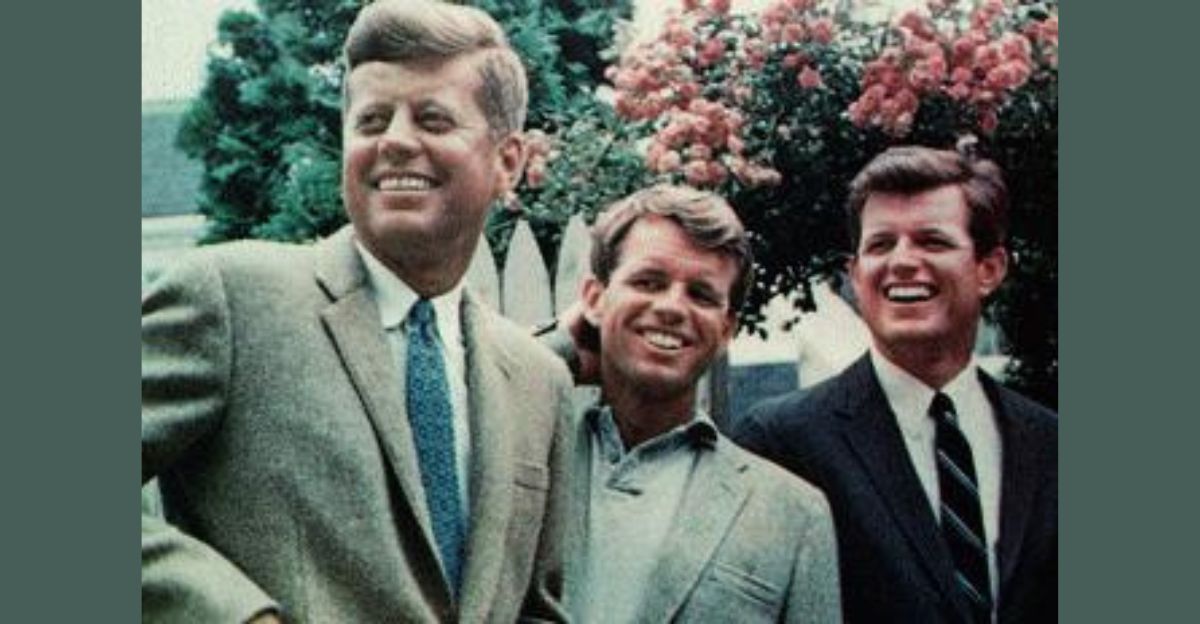
The Trump administration didn’t just unseal King’s files. It also pushed for early release of materials tied to the deaths of JFK and RFK. Justice Department attorneys asked courts to lift privacy orders nearly two years ahead of schedule, arguing that public interest outweighed any remaining sensitivities.
The Southern Christian Leadership Conference and the King family objected, but were overruled. Federal officials insisted that after 57 years, it was time. Critics, however, say the move ignored both the family’s wishes and the emotional toll.
And then came the most revealing batch of documents of all.
Inside the “MURKIN” Case Files
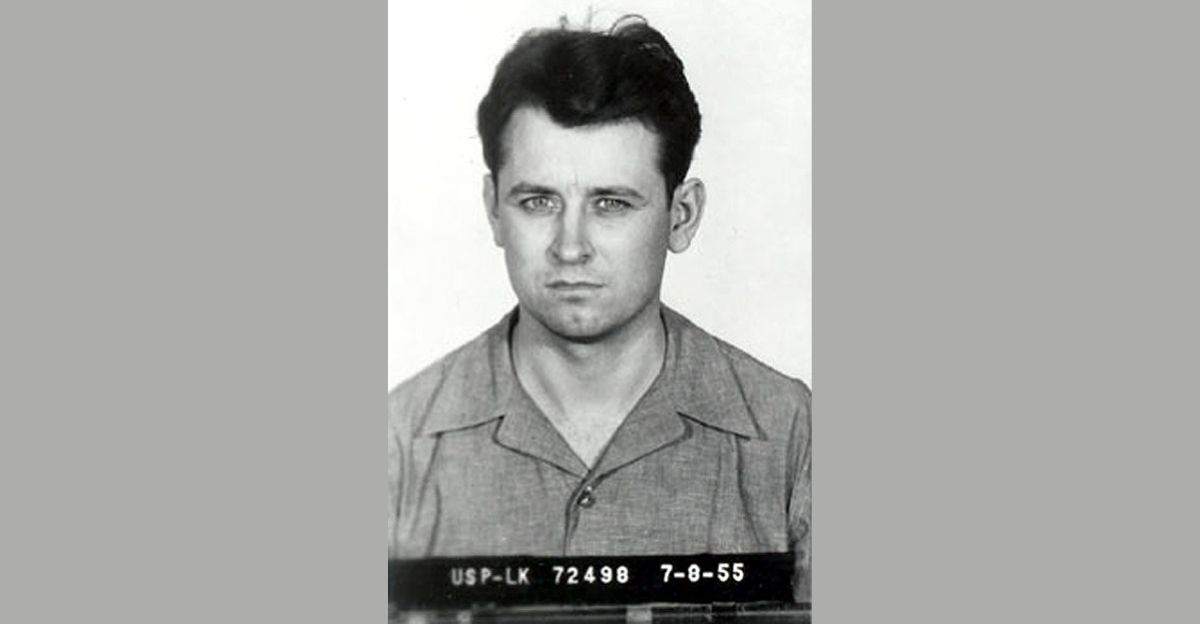
At the center of the release is the FBI’s file on the “Murder of King,” code-named MURKIN. The case file includes leads from the investigation, memos tracking James Earl Ray’s movements, and new information from international sources.
One newly public memo claims Ray’s former cellmate told officials about an assassination plot years before the shooting. The documents also show how Ray fled the U.S., using fake Canadian passports and eventually getting caught at Heathrow Airport in London. CIA intelligence and State Department cables fill in the blanks of the global chase.
The content is dramatic, but not everyone welcomed it.
Civil Rights Groups Push Back
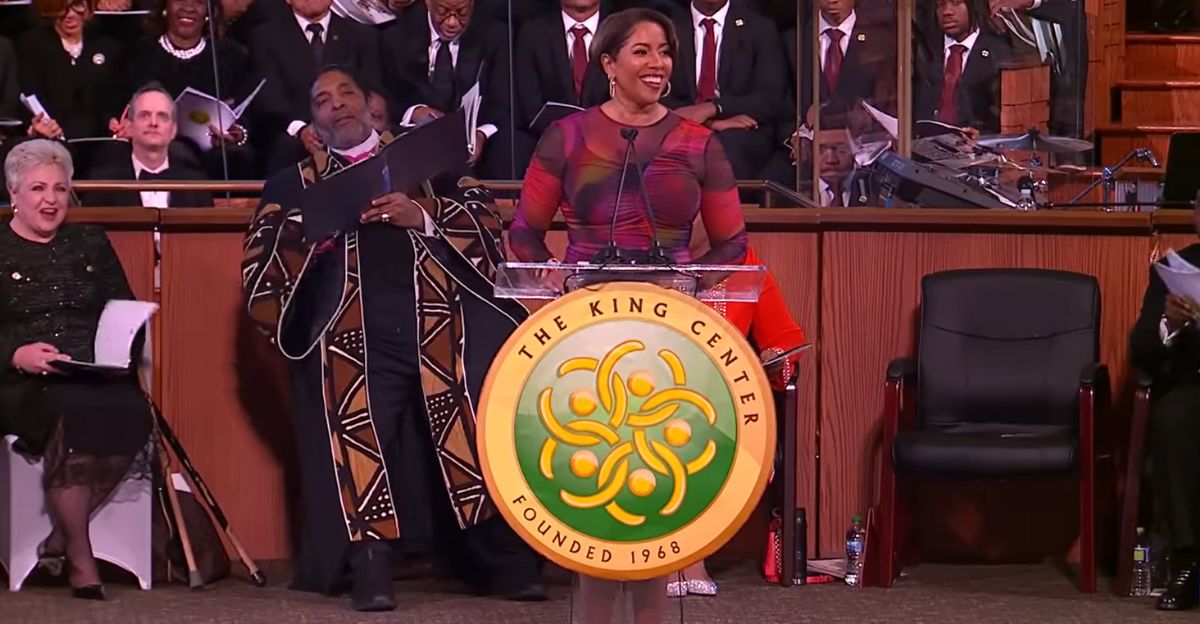
Reactions across the South came quickly. The King Center, led by CEO Dr. Bernice King, called the release “unfortunate and ill-timed,” pointing to the many pressing issues and injustices facing both the U.S. and the world.
The Southern Christian Leadership Conference also raised concerns. In a statement, the organization warned that the decades-old FBI surveillance materials could be “twisted to damage Dr. King’s legacy if stripped of context.”
Both groups urged the public to approach the documents with care, emphasizing the importance of context and caution when revisiting such a complex and deeply personal chapter in history.
King’s Children Speak Out Against the Release
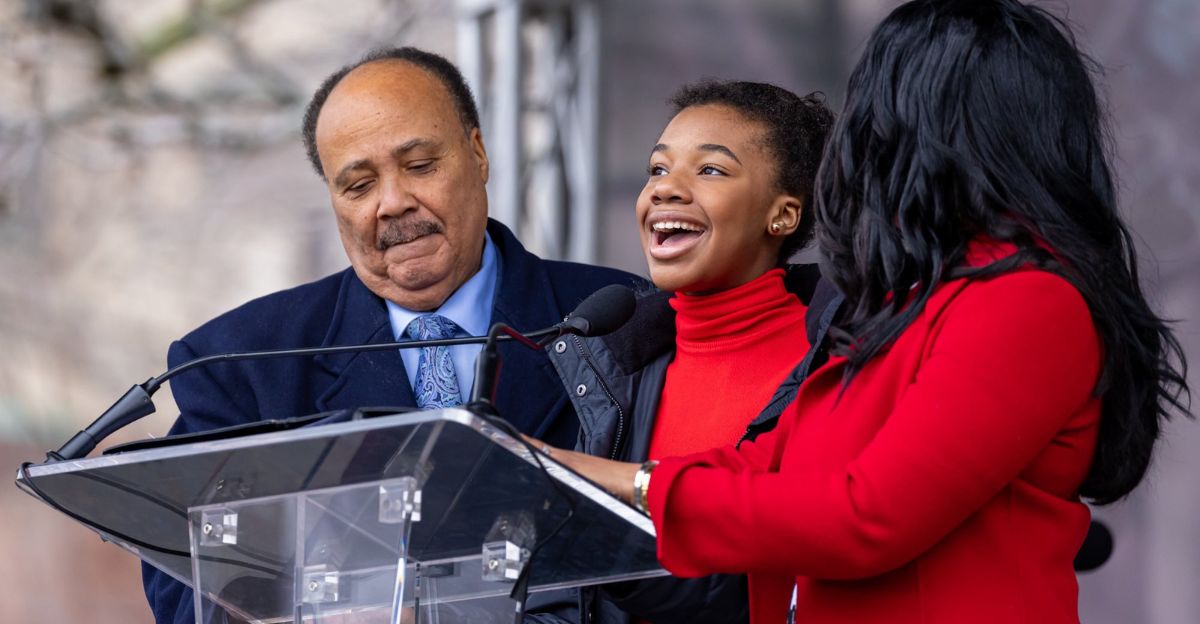
Although Martin Luther King III and Dr. Bernice King were informed ahead of time about the document release, both strongly opposed the decision. In a joint statement, they described their father’s assassination as a deeply personal and ongoing loss, urging the public to view the files within full historical context.
They warned against attempts to “weaponize” decades-old surveillance records and said doing so aligns with Hoover’s original campaign to destroy their father’s legacy. While their teams are now reviewing the files, the emotional toll remains clear.
But not every family member saw the release the same way.
Division Within the King Family

The file release also exposed political rifts in King’s extended family. Alveda King, his niece and a conservative activist, praised the move, saying she was “grateful to President Trump” for his transparency. Her remarks were highlighted in the official DNI announcement, alongside a photo of her with Attorney General Pam Bondi.
Meanwhile, Rev. Al Sharpton called the release “a desperate distraction” from Trump’s Epstein controversies. The split reflects a broader national divide over how to handle sensitive historical records—and whether political motives are guiding the process.
But what are historians actually finding in these pages?
What the Experts Are Saying So Far

Historians reviewing the first batch of released documents told CNN the files “add breadth, not bombshells.” Most reinforce what’s already known about the FBI’s surveillance of King rather than reshaping the story of his assassination.
The 1979 House Select Committee found it “likely” that James Earl Ray acted as part of a small conspiracy, though it didn’t name government agencies. A 1999 Memphis jury later held Loyd Jowers and unnamed government actors liable, but a 2000 Justice Department review dismissed those claims as “not credible.” The new files neither confirm nor disprove any of those earlier findings. For researchers, the real story is the sheer volume of surveillance, not fresh answers.
Still, many wonder: Why now?
Want to Read the Files Yourself?
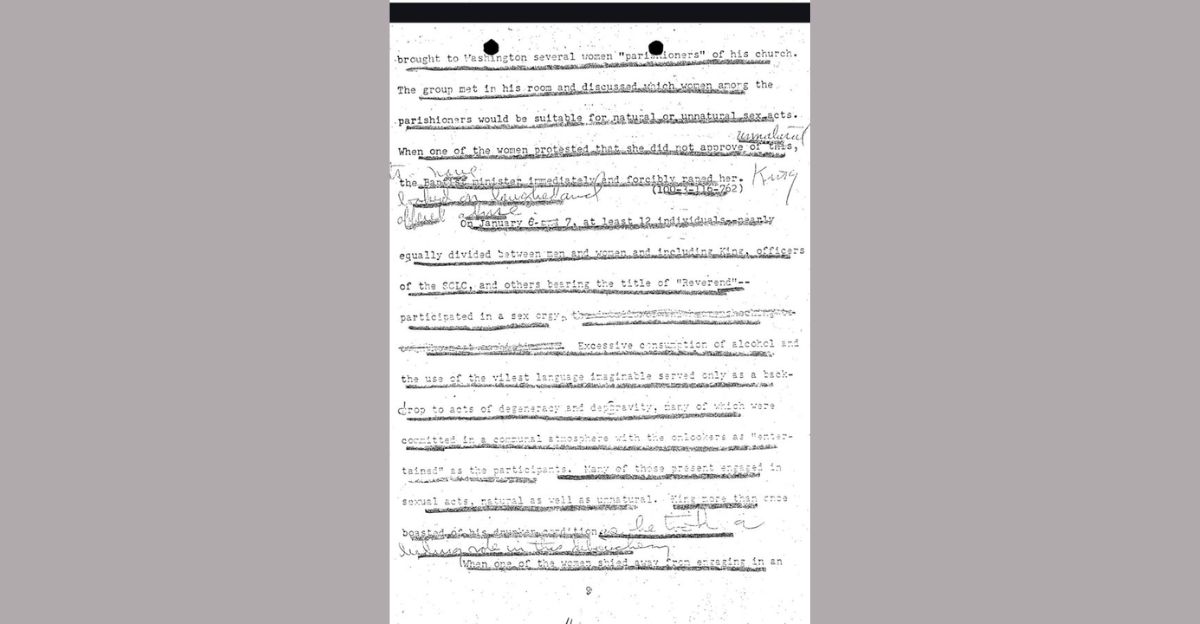
The full collection is available on the National Archives website, featuring 6,301 PDFs and one MP3 file, totaling 243,496 pages. While rich in content, many documents show their age. You will find faded carbon copies, brittle fax scans, and rescanned pages where black-and-white versions were unreadable.
Still, the archive offers rare insights, including photographs, State Department cables, and one audio file: a 1968 interview with Jerry Ray, brother of James Earl Ray. Though some pages are difficult to read, the collection provides an unfiltered look at the federal investigation and surrounding surveillance during a pivotal moment in U.S. history.
Transparency or Tactical Distraction?
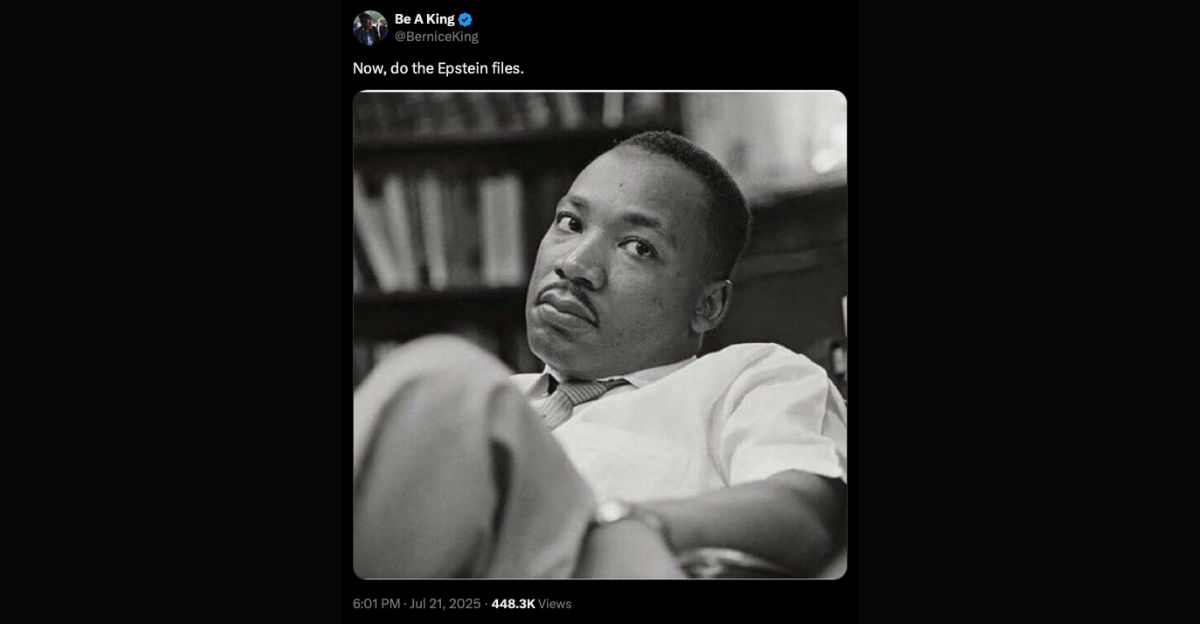
While the White House frames this release as a victory for truth, critics are asking hard questions about timing. Reacting on X, Bernice King posted a monochrome image of her father captioned, “Now, do the Epstein files.” Trump’s administration has so far withheld full disclosure on Epstein’s case, releasing only select grand jury materials.
Some say the MLK files were meant to distract from that pressure. The administration denies this, insisting all declassifications are guided by law. But the conversation is far from over, and for King’s family, the wounds are still fresh.
Where does transparency end, and exploitation begin?






